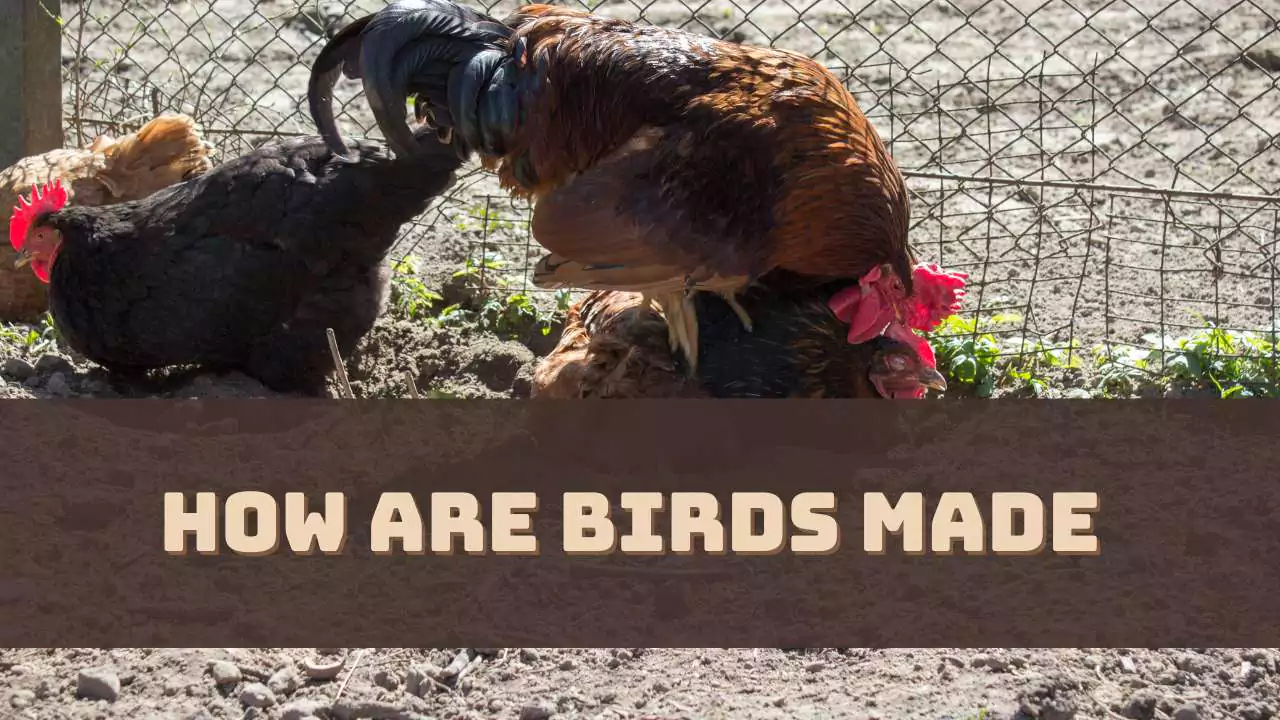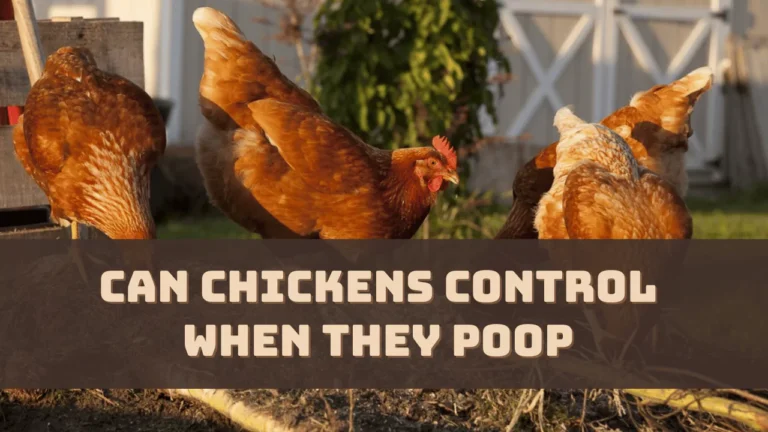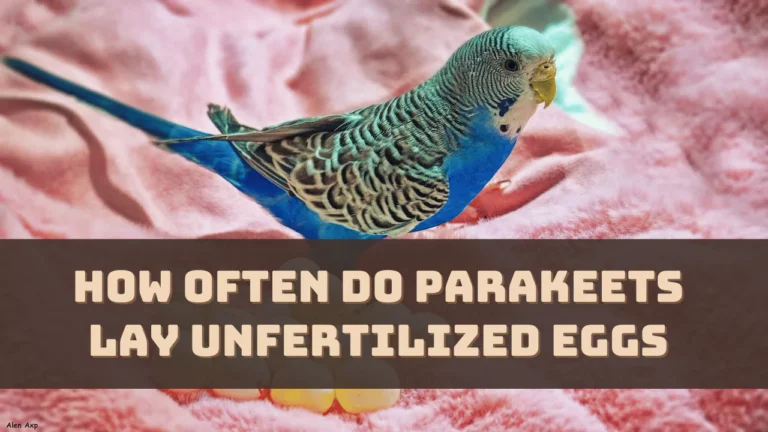The biological process of bird formation is quite complex and it involves multiple stages. The two major stages are: Fertilization and Hatching of the egg and this includes physiological and environmental factors.
So, let’s get a clear understanding of bird formation, and the stages that contribute to its development.
How do Birds Mate?
Birds choose their mate through courtship which is quite complex. Both the birds need to prove to each other that they are a perfect fit to raise chicks together. The male bird tries to impress the female bird by using their plumage, flight display, calls, and mating dance. In the case of territorial species, males are also seen to fight with other males and non-territorial males mostly show off their physical abilities and singing capabilities.
Some male bird species are also seen to gather in an area, which is called lek and perform for the females. After choosing a mate, the birds go through internal fertilization, where the males and females have an opening under their tails called the cloaca, which acts as a vent for the passage of sperm. However, some male birds such as ducks, geese, and ostriches do have penises that are used as mating organs.
How Birds Get Pregnant?
The act of mating in birds is known as the cloacal kiss, where the male bird hops on the female bird so that either cloacas can come in touch and fertilization can occur. Some birds are also seen performing this act of mate in the mid-air. It takes just a few seconds for the mating to take place and can occur several times over a few days or even weeks.
The mating takes place during spring, especially when the weather changes and the days become longer. However, for some species of birds, the breeding takes place during winter. Other than this, there are other birds as well that breed throughout the year. After mating the sperm stays alive for 15 weeks, and then it gets fertilized.
What are the Stages of Bird Development?
A chick has to go through 5 stages before it can reach its full growth or development, which include fertilization, incubation, embryonic development, hatching, and post-hatching development.
Fertilization
During fertilization, only one sperm succeeds in penetrating the egg, which results in a genetic combination. The male chromosome of Z, Z and female of Z, X come together, it is a stage of fusion of sperm and egg which forms a zygote and it requires a proper temperature and moisture content.
Basically, the male and female gametes go through embryo development within the oviduct and it keeps the fertilized eggs hydrated. After fertilization, the chalaza suspends the yolk, the egg gets albumen and other nutrients and later egg shells are formed around the yolk and egg white. The egg keeps getting nutrients through the chalaza which moves through the albumen and provides energy to the embryo.
Incubation
This is a process of development of the embryo that occurs inside the egg and this too requires proper temperature and moisture. During this phase, the eggs are kept warm and need to be protected until and unless the chicks hatch. Based on the species of bird, the incubation period varies, which can last from 11 days to 85 days. Here the temperature is 99 to 101 degrees Fahrenheit and it should remain consistent till they hatch.
During incubation, the female bird sits on the egg whereas the male brings the food. In some bird species, the female and male take turns to incubate the egg, and based on the temperature regulation the gender is determined in some cases. Some birds are even seen to leave the egg in sunlight to get warmed by the external source.
Embryonic Development
During the embryonic development stage, the organs form and there is growth in the embryo. At this phase, the bird needs proper nutrients and also the egg needs to be protected. The formation of the bird involves both intrinsic and extrinsic factors for the sustainability of the species.
What Happens Before Hatching?
During the incubation, the embryonic tissues appear, the tissues and blood vessels develop, the heart begins, the eye gets pigmented and the elbows and knees appear. Later, the voluntary movement starts and the beak appears. It is seen that the comb growth starts and the egg tooth also appears. The feather tract is seen and the embryo looks similar to the bird. The toenails and egg tooth become prominent. The tail feathers become apparent, the toes become full and the feathers become visible.
With slow development the embryo turns, feathers completely cover the body and the albumen and amniotic fluid also starts to disappear. Around the last three days, the embryo growth is complete and the amniotic fluid is gone. On the last day, the yolk sac draws into the body and the chick begins to breathe through the air with their lungs. As the eggshells break, the internal and external pipping occurs.
Development of Feathers and Wings
After the egg hatches, the bird’s feather starts showing the growth of feathers and an internal blood supply nourishes these. Later, based on the bird’s lifestyle, the wings’ development and design take place.
Over time, the wing muscles get strengthened and are ready to help the chick take its first flight. Slowly, the wing attains its role of either insulation, camouflage, or aerodynamics, the wings play a crucial role in the survival of the bird.
How the Birds Build Nests?
Nests are meant to provide shelter and protect the eggs. The process of building a nest needs a few steps, such as – selecting the perfect location. Birds usually select trees, cliffs, buildings, shrubs, etc. They gather twigs, grasses, feathers, mosses, and other natural substances to build the nest, by weaving these materials.
Based on the species of birds the shape of the nest changes and it is built to hold the eggs without fail. Some birds are also seen to build nests by weaving grasses and branches and some even decorate the nest with flowers or bright objects. The number of eggs laid varies from one species of bird to another. Once the egg is laid, it takes 10 days or maybe 3 months.
Are Birds Monogamous?
Some birds are monogamous while others are polygamous, so they can have more than one partner within a single breeding season. Some birds also show polyandrous behavior, where the female leaves after laying the eggs, and the male is left with fixing and looking after the hatched eggs and they also take the responsibility of raising the chicks.


![Can Ducks Have Celery? [Explained] 7 Can Ducks Have Celery](https://masterbirds.com/wp-content/uploads/2024/02/can-ducks-have-celery-768x432.webp)

